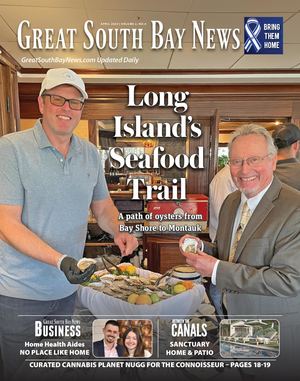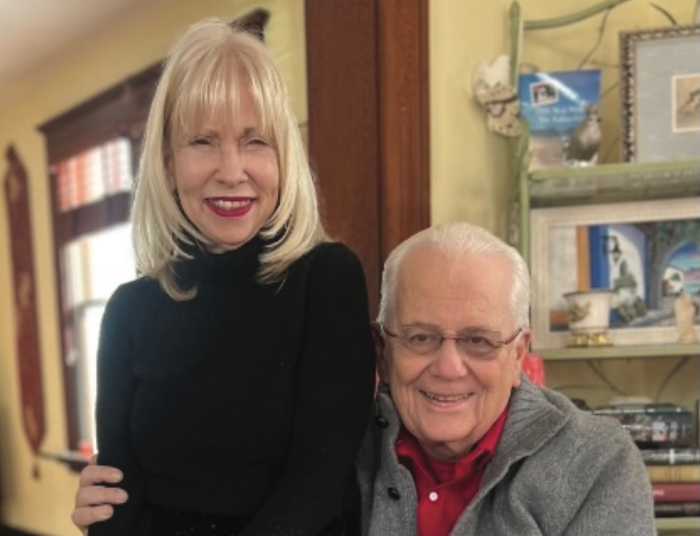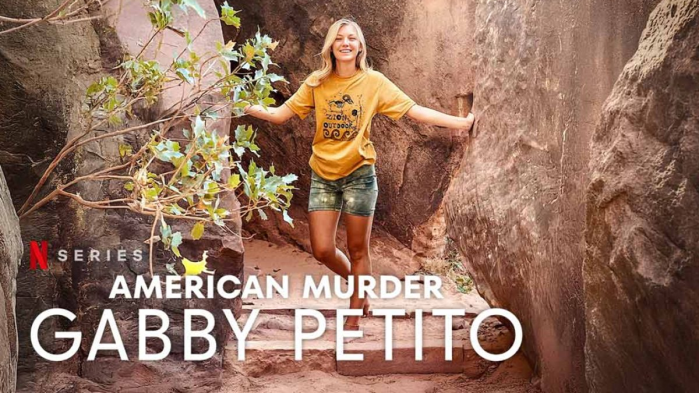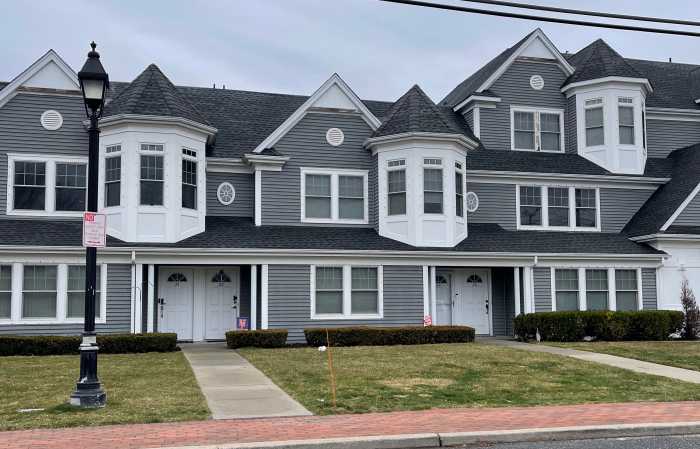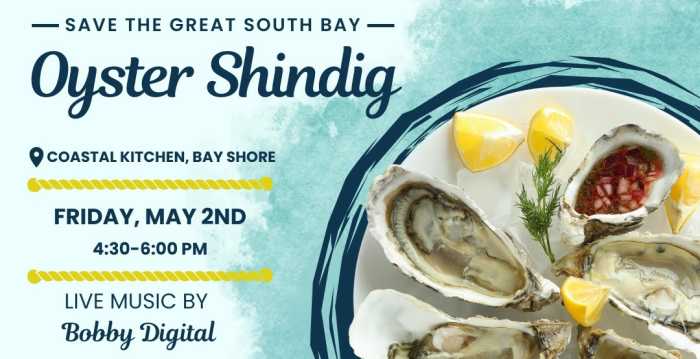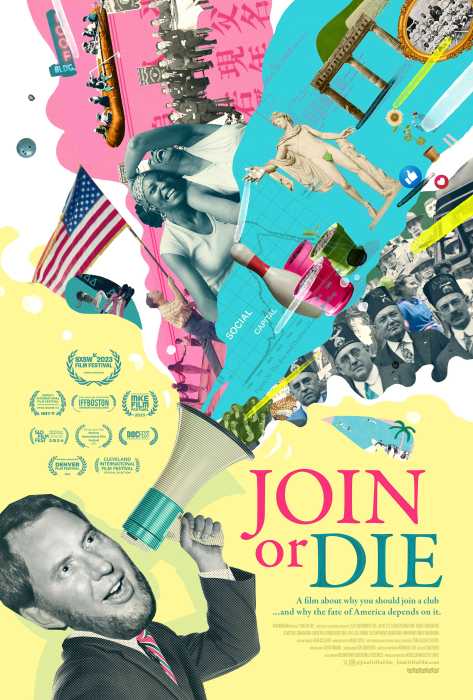Every summer, the Village of Ocean Beach Environmental Commission (VOBEC) hosts an Environmental Awareness Day in which a guest speaker presents a lecture on a topic that is timely and important. On Aug. 20, I had the privilege of attending the 16th annual lecture, held at Windswept in Ocean Beach, in which Maureen Dunn spoke on behalf of her own program to restore wild oyster reefs on Fire Island.
Greeted with friendly faces and an assortment of delectable refreshments, we gathered in a room overlooking the glittering Great South Bay as Dunn captivated the audience with her presentation.
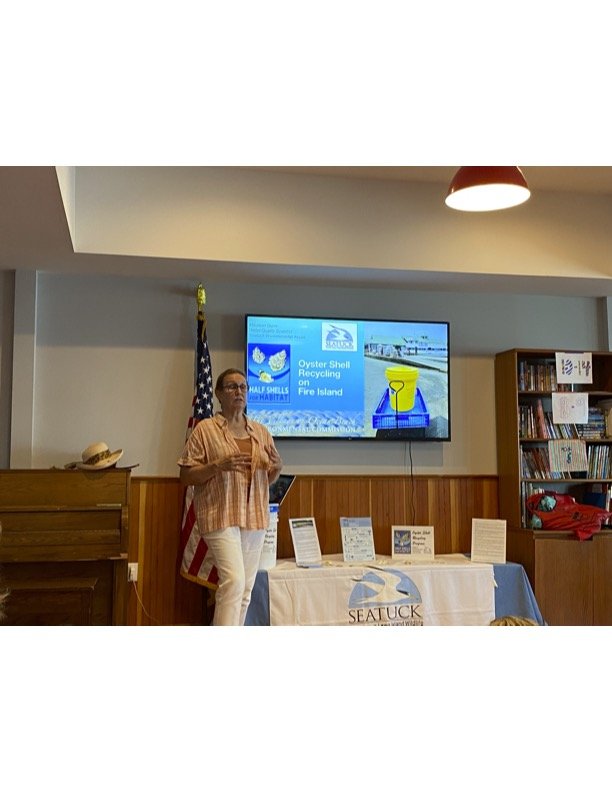
Formerly employed by Brookhaven National Laboratories, Dunn has since retired and leads an oyster shell recovery program with Seatuck Environmental Association in Islip. Her lecture, titled “Oyster Shell Recycling on Fire Island,” outlined this initiative.
“New York has gone from the oyster capital of the world to having close to no wild oyster habitats at all,” Dunn explained. “The majority of the oysters consumed in New York are harvested from oyster farms.”
Oysters take many years to grow and premature harvesting by bay fishermen has gone on for generations, which has taken a toll on these once lively shellfish populations. There are also many different oyster diseases in the waters that are contributing to these declining numbers. Dunn’s program’s initiative is to save these habitats and attempt to fight their extinction from Long Island’s waters.
“I wouldn’t be anywhere without my dedicated group of volunteers,” Dunn stated. Volunteers help move the process along, and keep track of everything involved with the program. From bookkeeping to actually placing the oysters into the bay, the volunteers work selflessly to ensure everything goes according to plan.
Local restaurants that agree to participate are asked to save their empty oyster shells in buckets to be collected by a volunteer on a scheduled basis. These shells are then laid out to bask in the hot sun for a year, in which they will be drained of any bacteria, diseases and other harmful components. Afterwards, they are finally placed in strategic and observed areas of the Great South Bay to create flourishing populations without the threat of being harvested or harmed from diseases.
“The program is an ongoing initiative and requires time from many different individuals,” Dunn remarked. “As it is not funded, it’s difficult to grow at the pace needed to save these populations.”
It was quite refreshing to see the community joined together to shed light on this initiative, and the feedback from the audience was extremely supportive. Conversations followed the presentation, as individuals discussed ways that they too could be involved in saving the oysters.
